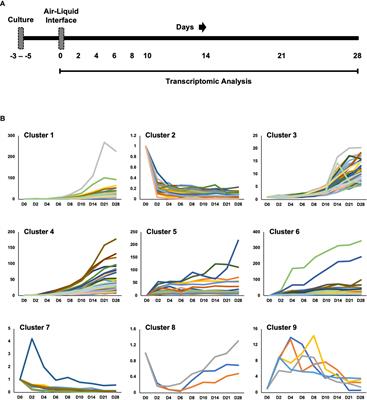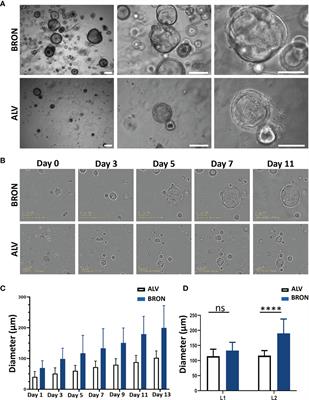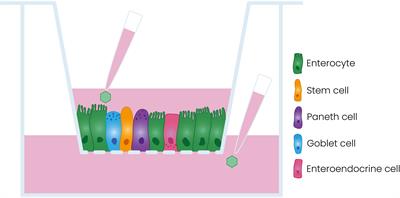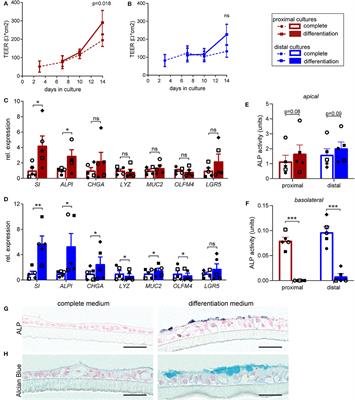EDITORIAL
Published on 08 Mar 2023
Editorial: Human organoid technology for virus research
doi 10.3389/fcimb.2023.1155252
- 1,508 views
10k
Total downloads
51k
Total views and downloads
You will be redirected to our submission process.
EDITORIAL
Published on 08 Mar 2023
ORIGINAL RESEARCH
Published on 28 Nov 2022

ORIGINAL RESEARCH
Published on 14 Mar 2022

ORIGINAL RESEARCH
Published on 01 Nov 2021

ORIGINAL RESEARCH
Published on 09 Jun 2020

